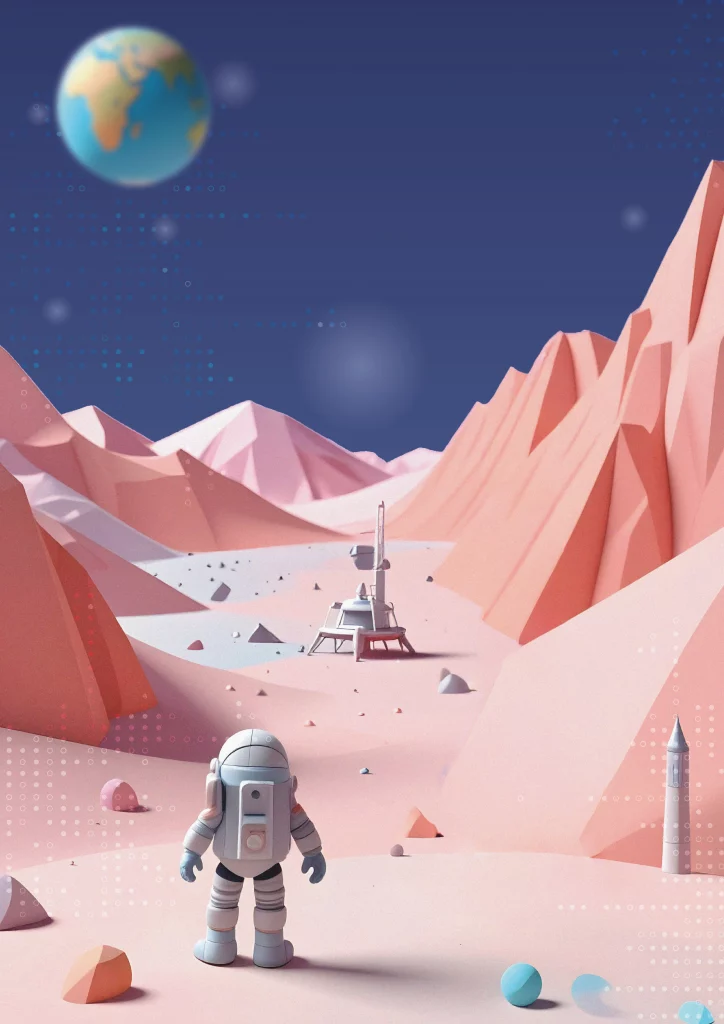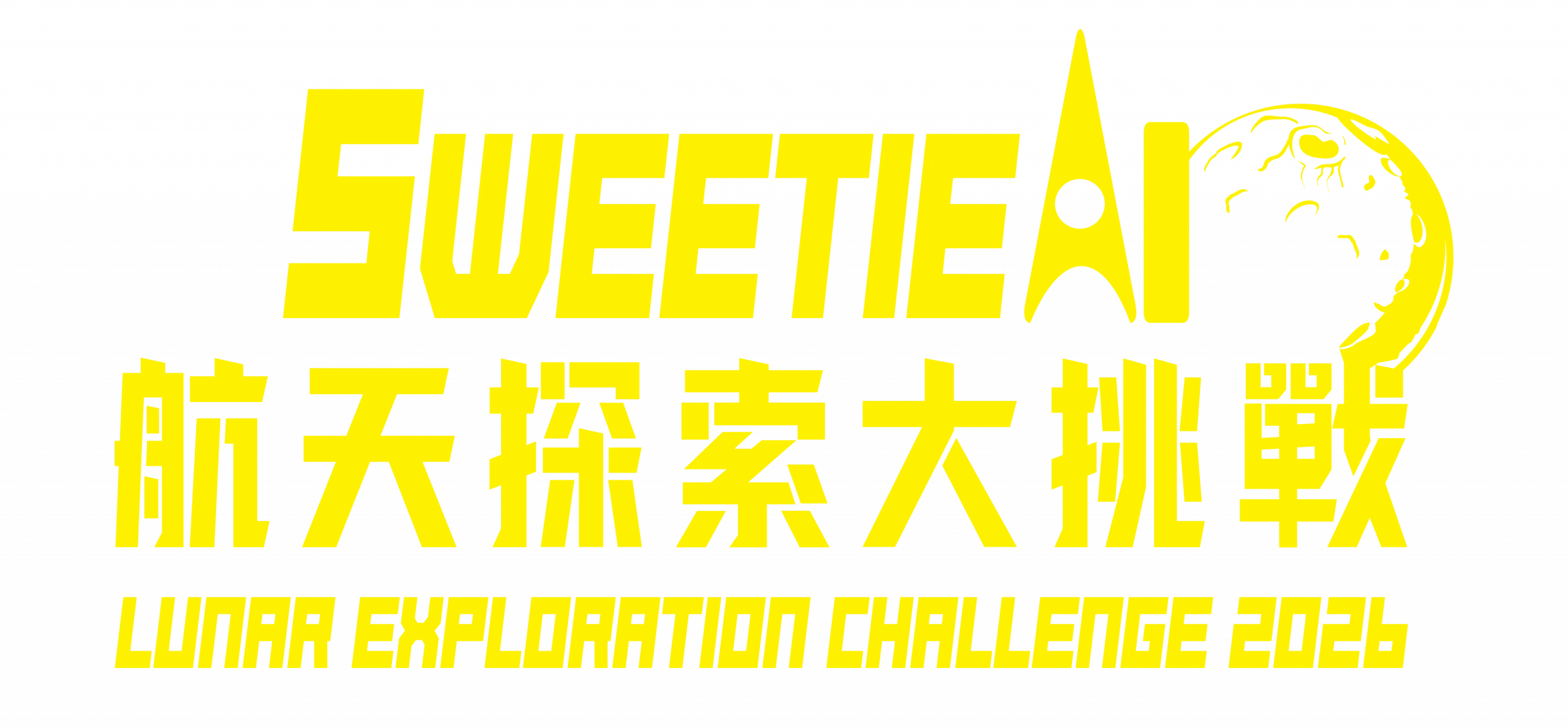比賽日程 Schedule
啟動禮及工作坊(必須出席)
Kick-off Ceremony & Workshop (Compulsory)
2026年1月24日(六)09:30-17:00
11:30-13:00 午膳時間
舉行地點:保良局蕭漢森小學
24 Jan 2026 (Sat) 09:30-17:00
11:30-13:00 Lunch break
Venue: P.L.K. Siu Hon Sum Primary School
技術支援及諮詢(自由參加)
Technical Support & Consultation (Optional)
2026年2月28日(六)10:00-17:00
舉行地點:保良局百周年李兆忠紀念中學
28 Feb 2026 (Sat) 10:00-17:00
Venue: P.L.K. Centenary Li Shiu Chung Memorial College
比賽及頒獎典禮:
Competition, Presentation & Ceremony:
2026年4月11日(六)08:00-17:30
舉行地點:香港教育大學 文康運動綜合大樓 張海源室內運動場
11 Apr 2026 (Sat) 08:00-17:30
Venue: H.Y. Cheung Sports Hall, Amenities & Sports Complex, EdUHK Tai Po Campus
比賽分組
Grouping
- 比賽組別
- 初小組 (小三–小四)
- 高小組 (小五–小六)
- 初中組 (中一–中三)
- 每隊需有三至四位學生
- 小學每校初小組、高小組各一隊
- 中學每校可派出初中組一隊
- Contest Category
- Junior Primary (P3–P4)
- Senior Primary (P5–P6)
- Junior Secondary (S1–S3)
- 3 – 4 Students in each team
- Each primary school may send one team in Junior Primary and one team in Senior Primary
- Each secondary school may send one team in Junior Secondary
各組別獎項
Awards for Each Group
各組別均設以下獎項(冠軍、亞軍、季軍、殿軍):
Each category has the following awards
(Champion, First Runner-up, Second Runner-up, Fourth Runner-up):
AI航天探索獎 AI Space Exploration Award
比賽當日即時計分,最終成績以 五場比賽中四場最高分的總和 決定名次。此獎項是比賽的最高榮譽,表彰在整體任務表現最優秀的隊伍。
Scored in real time during the competition. Final ranking is based on the sum of the four highest scores out of five rounds. This is the highest honor of the competition, recognizing teams with the best overall performance.
星火耀揚獎 Starfire Solar Award
比賽當日即時計分,根據各隊在 「共同建設人造太陽」任務 中的 最高分數總和 決定名次。表彰最能展現合作精神與創新能量的隊伍。
Scored in real time during the competition. Rankings are based on the total of the highest scores in the “Joint Solar Construction” mission. This award recognizes the teams that best demonstrate cooperation and innovative energy.
工程設計獎 Engineering Design Award
各隊需於比賽前兩星期提交 約三分鐘短片,介紹機械人的設計理念、結構特色及創新概念。大會將根據影片進行初步評分,並於每組別選出 六隊入圍隊伍。入圍隊伍將於比賽當日進行 即場匯報與答辯,最終由評判根據創意性、工程水準及功能表現決定名次。
Teams must submit a 3-minute video two weeks before the competition, introducing the robot’s design, structure, and innovations. Based on the video, six teams per group will be shortlisted. On competition day, shortlisted teams will give a live presentation and Q&A session, with judges determining winners based on creativity, engineering quality, and functionality.
卓越演講獎 Excellence in Presentation Award
各隊需於比賽前兩星期提交 約三分鐘短片,展示團隊的設計概念與創意思維。大會將根據影片進行初步評分,並於每組別選出 六隊入圍隊伍。入圍隊伍將於比賽當日進行 即場演講與答辯,最終由評判根據表達清晰度、邏輯結構、團隊合作及臨場反應決定名次。
Teams must submit a 3-minute video two weeks before the competition, showcasing the team’s design concept and creativity. Based on the video, six teams per group will be shortlisted. On competition day, shortlisted teams will deliver a live presentation and Q&A session, with judges determining winners based on clarity, structure, teamwork, and response skills.
比賽規則 Rules
本次賽事模擬 月球基地探索場景,學生設計並操控 AI 機械人,透過自動及手動操作的方式,在模擬的月球表面完成資源探索、基地建設及共同建設人造太陽等任務。比賽強調跨學科應用、合作精神與創新能力,參賽隊伍需在限定時間內完成多重挑戰,爭取最高分數。
This competition simulates a lunar base exploration scenario. Students will design and operate AI robots to complete missions such as resource exploration, base construction, and joint solar construction through autonomous and manual operations. The contest emphasizes interdisciplinary application, teamwork, and innovation. Teams must complete multiple challenges within a limited time to score maximum points.
賽規即將公佈 Coming soon
參賽器材要求
各參賽隊伍需自行設計與組裝 AI 機械人,硬體不設指定限制,但必須符合比賽規則,包括尺寸、安全及技術要求。機械人一般建議具備驅動馬達、伺服馬達及感測器,以便完成自動探索、資源運輸及基地建設等任務。隊伍可根據策略,自主選擇輪子、履帶或其他結構,並可加裝額外感測器或改裝機械爪,以提升任務效率與穩定性。
Equipment Requirements
Teams must design and build their own AI robots. No specific hardware is required, but all robots must comply with the competition rules, including size, safety, and technical standards. Robots are recommended to include drive motors, servo motors, and sensors to complete tasks such as autonomous exploration, resource transport, and base construction. Teams may choose wheels, tracks, or other structures, and add sensors or modify grippers to improve efficiency and stability.
多元場地設計與挑戰
比賽場地以 月球基地探索 為主題,模擬未來人類在月球建立前哨基地,並為火星探測任務作準備。場地包含資源探索區、月球表面坑洞障礙、航天著陸區、基地建材區及人造太陽建設區。場景設計不僅考驗機械人的自動識別與行駛能力,亦模擬真實太空探索中的不確定性與挑戰。
Diverse Venue Design and Challenges
The field is themed around lunar base exploration, simulating humanity’s future establishment of a forward base on the Moon in preparation for Mars exploration. It includes resource zones, lunar surface obstacles, landing zones, base material areas, and solar construction zones. The design tests robots’ autonomous recognition, navigation, and adaptability to realistic space challenges.
自動探索與資源運輸階段
比賽首階段為 自動運行。AI 機械人需透過循線導航與影像識別,完成氦-3 資源塊與礦物資源塊的探索、夾取與運輸,並避開輻射物體。正確的資源分類與高效運輸是關鍵評分標準。這一環節寓意中國航天探索月球的目標之一 —— 開發氦-3 作為未來聚變能源的重要原料。
Autonomous Exploration & Resource Transport
The first stage is autonomous operation. Robots must use line-tracing and vision recognition to identify, pick up, and transport helium-3 and mineral resource blocks while avoiding radioactive objects. Accurate classification and efficient transport are key scoring standards. This reflects one of China’s lunar exploration goals: developing helium-3 as a critical fuel for future fusion energy.
基地建設與合作建設階段
第二階段為 手動操控。參賽隊伍需操控機械人,將建材運輸至指定基地區域,搭建穩定結構或特定造型的月球基地,考驗工程設計能力與操作精準度。
最終,雙方隊伍需攜手在場地中央完成 「人造太陽」建設:運輸外殼組件並激發氦-3 能源,點亮象徵未來能源的人工太陽。此任務呼應我國在 可控核聚變與清潔能源 領域的發展願景。
Base Construction & Joint Solar Construction
The second stage is manual control. Teams must operate their robots to transport building materials to designated zones and construct stable or specific base structures, testing engineering design and precision.
Finally, both teams will collaborate to build a “human-made sun” at the center: transporting shell components and activating helium-3 energy to light up an artificial sun symbolizing future energy. This reflects China’s vision in nuclear fusion and clean energy development.
實時應對與策略調整
比賽過程中允許機械人重置,隊伍需快速應對場地突發情況並調整策略。在自動任務與手動任務的銜接中,如何兼顧效率與準確度,將是能否脫穎而出的關鍵。
Real-Time Response and Strategy Adjustment
Robots may be reset during the match. Teams must quickly adapt to unexpected challenges and adjust strategies. The transition between autonomous and manual tasks will test teams’ ability to balance efficiency and accuracy.
違規處理與技術約束
比賽規則強調公平與規範。若機械人出現不當操作(如破壞場地道具、錯誤分類資源、未完成既定步驟即進行下一任務),將被扣分或取消相關成績。參賽隊伍必須遵守技術標準,確保競賽在公平、安全與規範下進行。
Violation Handling and Technical Constraints
The competition emphasizes fairness and compliance. Robots performing improper actions (e.g., damaging props, misclassifying resources, skipping required steps) will be penalized or disqualified from the task. Teams must adhere to technical standards to ensure a fair, safe, and regulated competition.
最新消息 News
No posts were found.






